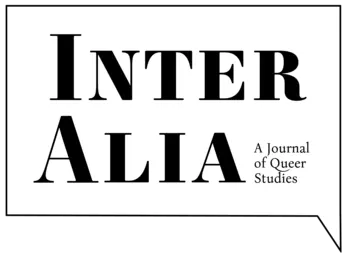https://doi.org/10.51897/interalia/DSGQ4165
Westernization and The Transmogrification of Sailor Moon
Rhea Ashley Hoskin
Queen’s University
Abstract
Sailor Moon, a Japanese series grounded in manga and anime, began airing translations in the West throughout the 1990s. The series provided what could be interpreted as resistance to dichotomous conceptualizations of sexuality, sex and gender. The focus of this article is the set of challenges presented by the genderqueer characters in Sailor Moon and how Westernization and English translations have worked to erase and re-write queer identities. Arguably, Sailor Moon acts as a site to play out the contextualities and complexities of sexuality, sex and gender identities. To name Sailor Moon characters in Western specific terms would be at the expense of reducing the complexity of their identities to a categorical system whose boundaries detract and limit meaning. Queer characters in Sailor Moon are not translatable into dichotomous Western thought – categories fail us and, through their enforcement, the depth of meaning and the complexities of queer identities/desires are lost in translation. Working within Western binary systems, categories and language, many of these identities appear contradictory and incoherent. Sailor Moon characters offer a re-envisioning of identities that is not limited by Western binaric thought and cannot be easily pegged within the heterosexual matrix.
Keywords: gender, sexuality, Sailor Moon, anime/manga, censorship, westernization
